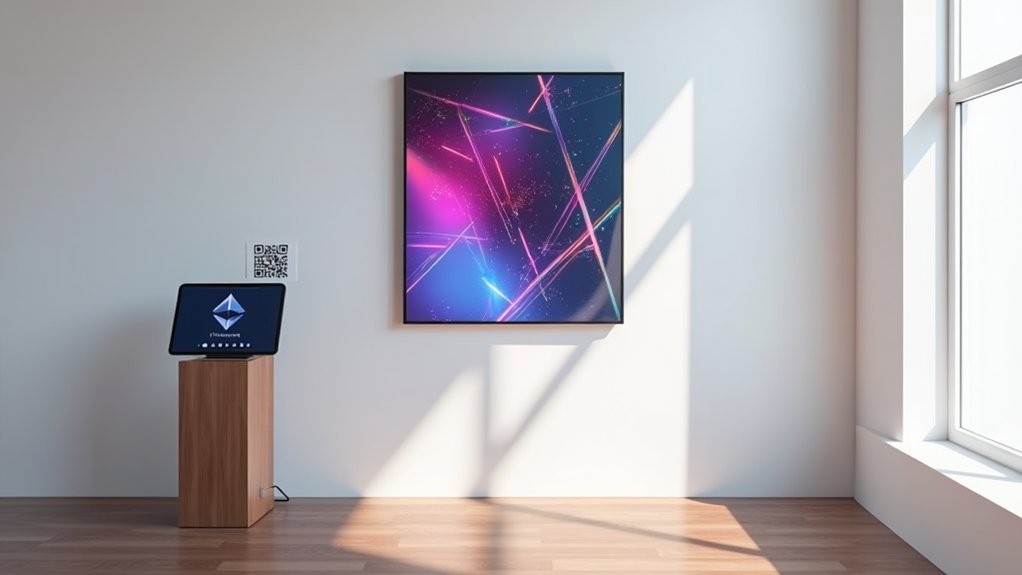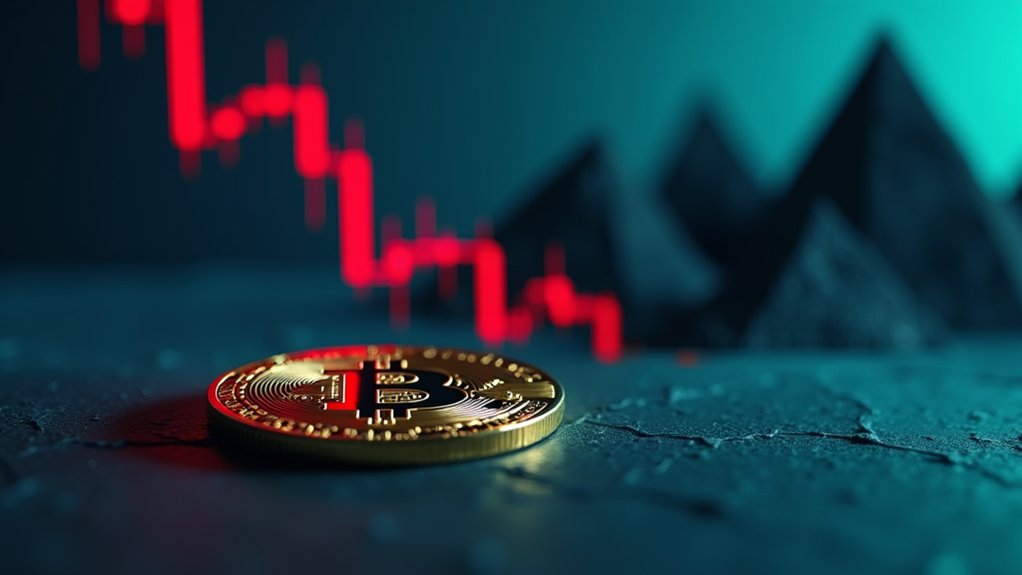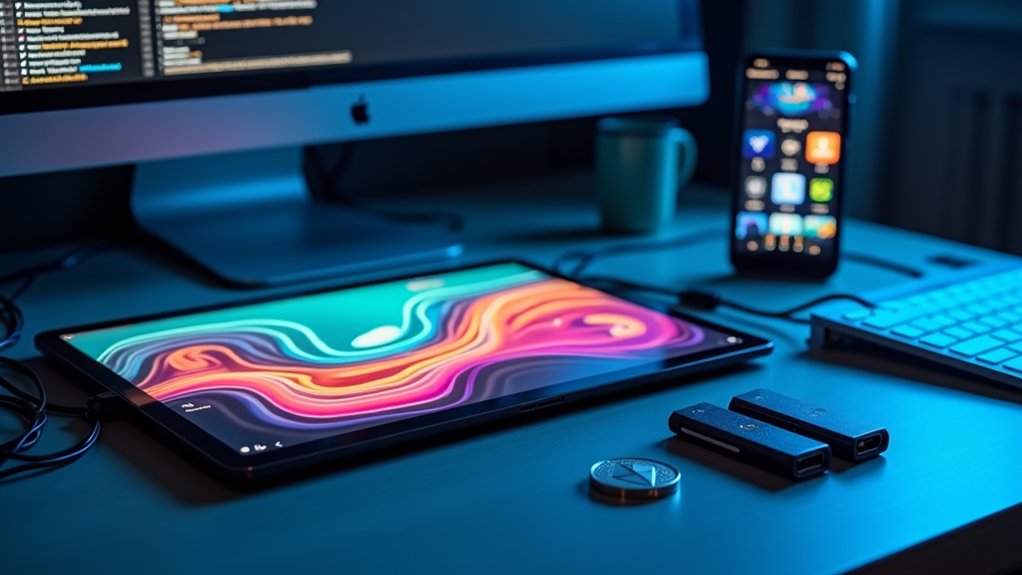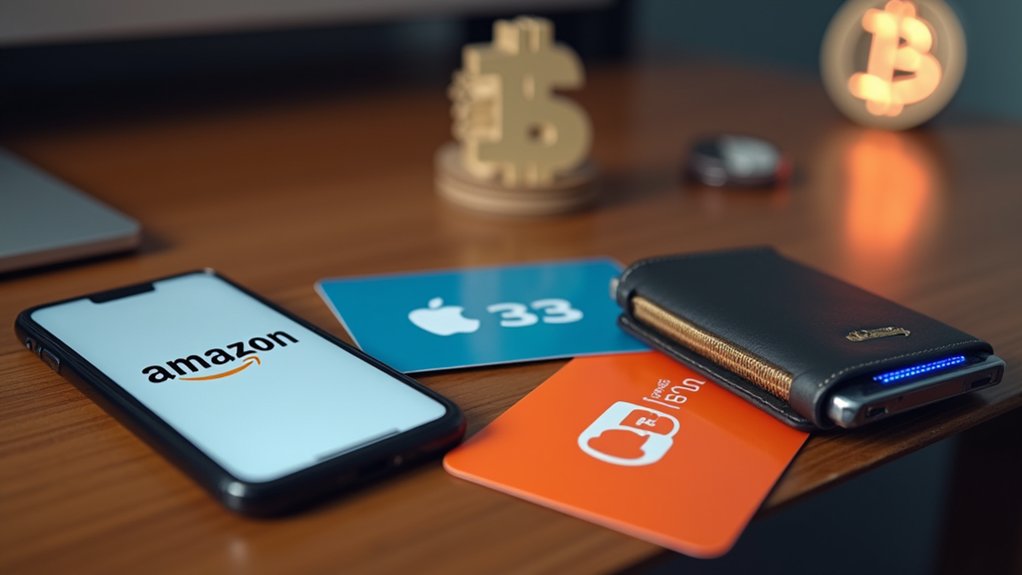Artists can sell digital artwork in the form of NFTs across platforms like OpenSea, SuperRare, and Foundation, with commission rates between 2.5% and 15%. The process involves minting artwork on blockchains, primarily Ethereum using the ERC-721 standard, while Tezos offers lower-cost alternatives. Effective strategies include market research for pricing, leveraging social media promotion, and managing transaction costs through strategic timing. The expanding digital art marketplace presents various opportunities for creators traversing this evolving financial ecosystem.
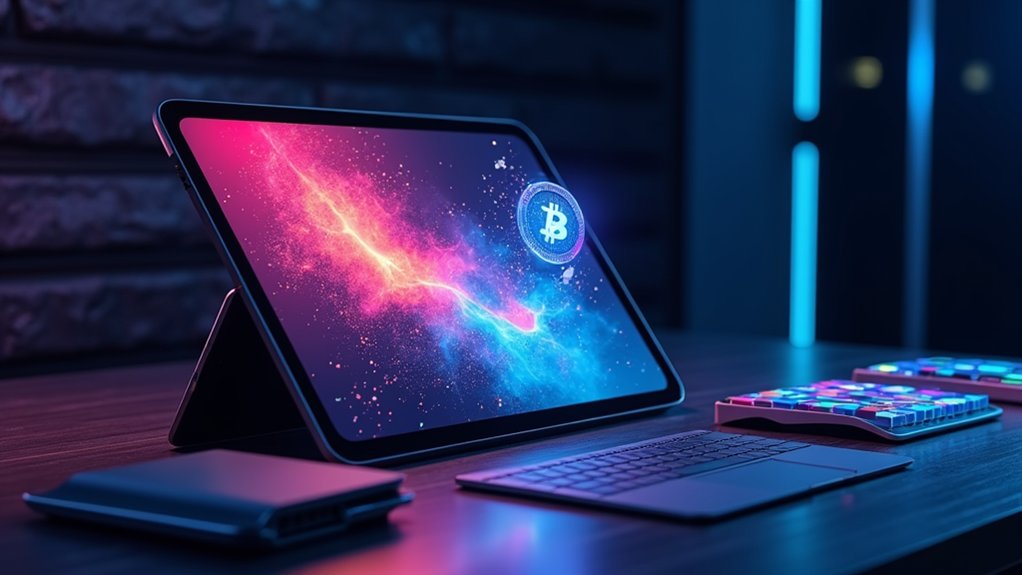
Traversing the burgeoning landscape of cryptocurrency-based art sales requires artists to master a complex ecosystem of digital platforms, blockchain technologies, and novel marketing strategies. The primary marketplaces, including OpenSea, SuperRare, Rarible, Foundation, and Async Art, operate with distinctive business models, charging commissions ranging from 2.5% to 15% on completed sales, with additional blockchain transaction fees that fluctuate based on network congestion.
Artists must carefully evaluate platform selection based on audience alignment, with SuperRare and Foundation typically attracting premium collectors willing to invest substantially in digital assets, while OpenSea caters to a broader, more diverse collector base.
The minting process, whereby digital artwork becomes a verifiable asset on the blockchain, involves uploading the artwork file—commonly JPEG, PNG, or MP4 formats—alongside detailed metadata that establishes provenance and authenticity. Most artists utilize the Ethereum blockchain with its ERC-721 standard, although Tezos has emerged as a lower-cost alternative for creators concerned about excessive gas fees.
Smart contracts embedded during minting allow artists to automatically receive royalties, typically between 5% and 30%, on all subsequent resales of their work—a revolutionary advancement compared to traditional art markets where secondary sales rarely benefit original creators. NFTs provide verified ownership through permanent blockchain records, distinguishing original pieces from mere copies. Creating a secure crypto wallet setup is an essential first step before artists can begin minting and selling their work.
Pricing strategies vary greatly across the ecosystem, with contemporary artists employing fixed-price listings, time-sensitive auctions, or edition-based approaches where multiple copies are sold at lower price points. Market research through platforms like OpenSea provides vital benchmarking data to prevent major pricing errors that could devalue an artist's brand or leave potential profits unrealized.
Promotion remains essential, with successful artists leveraging Twitter, Instagram, and Discord communities to generate interest, often staging exclusive "drops" to create urgency among collectors.
Transaction costs, particularly on the Ethereum network, represent a major consideration, with gas fees fluctuating from $10 to over $100 per mint depending on network traffic. Strategic timing of minting operations during weekend hours or utilizing Layer 2 scaling solutions can greatly reduce these operational expenses, allowing artists to maximize profitability in this emerging digital economy.
Frequently Asked Questions
How Do I Report Crypto Art Sales on My Taxes?
Artists must report crypto art sales on Form 8949 and Schedule D, calculating capital gains or losses based on the difference between the NFT's cost basis and the fair market value of cryptocurrency received.
The cost basis includes initial purchase price plus applicable fees, like gas costs for minting.
Additionally, taxpayers should maintain detailed transaction records, including dates, values in USD at time of transaction, and relevant wallet addresses for proper tax compliance.
Can I Convert NFT Earnings to Traditional Currency Easily?
Converting NFT earnings to traditional currency is procedurally straightforward through several established pathways.
Marketplace-integrated solutions, like OpenSea's direct links to exchanges like Coinbase, facilitate immediate crypto-to-fiat conversions, while platforms with built-in exchange tools eliminate multi-step processes.
Users must, however, anticipate transaction fees, comply with KYC/AML requirements for larger amounts, and maintain extensive records for capital gains reporting obligations that arise upon conversion.
What Happens to My Art if the Platform Shuts Down?
If a platform shuts down, the artwork's fate depends on blockchain implementation. NFTs minted on Ethereum remain accessible through secondary marketplaces like OpenSea, since ownership exists independently on the blockchain's immutable ledger.
However, platform-specific features, including curation tools and artist profiles, become unavailable. Users should proactively back up metadata and transaction history before closure, while noting that embedded links to platform-hosted content may break if not properly decentralized.
Is Crypto Art Environmentally Responsible?
Crypto art, particularly on Ethereum's Proof of Work blockchain, cannot be considered environmentally responsible.
The environmental impact is substantial, with a single NFT generating approximately 211 kg of CO2 emissions, equivalent to one month of an EU resident's electricity usage.
While industry initiatives like the Crypto Climate Accord and Ethereum's shift to Proof of Stake aim to mitigate these effects, current crypto art production remains highly energy-intensive, potentially contributing to 9% of global CO2 emissions by 2025.
How Do I Protect My Artwork From Unauthorized NFT Minting?
Artists seeking to protect their work from unauthorized NFT minting should implement a thorough defense strategy, including copyright registration, visible watermarking, and regular platform monitoring.
Employing blockchain analytics tools to detect counterfeit listings, combined with proactive takedown requests to marketplaces, provides additional security.
Technical measures, including metadata embedding and digital signatures, establish verifiable authenticity, while educating oneself on detection tools remains essential for identifying unauthorized reproductions across distributed ledger environments.
